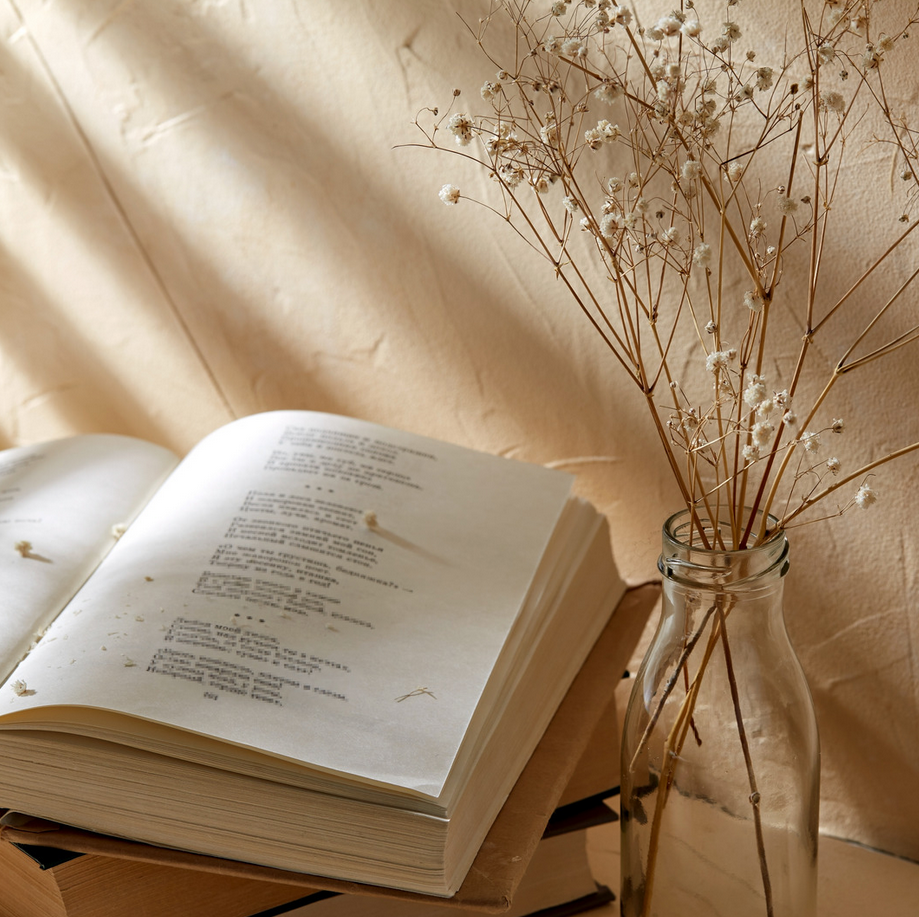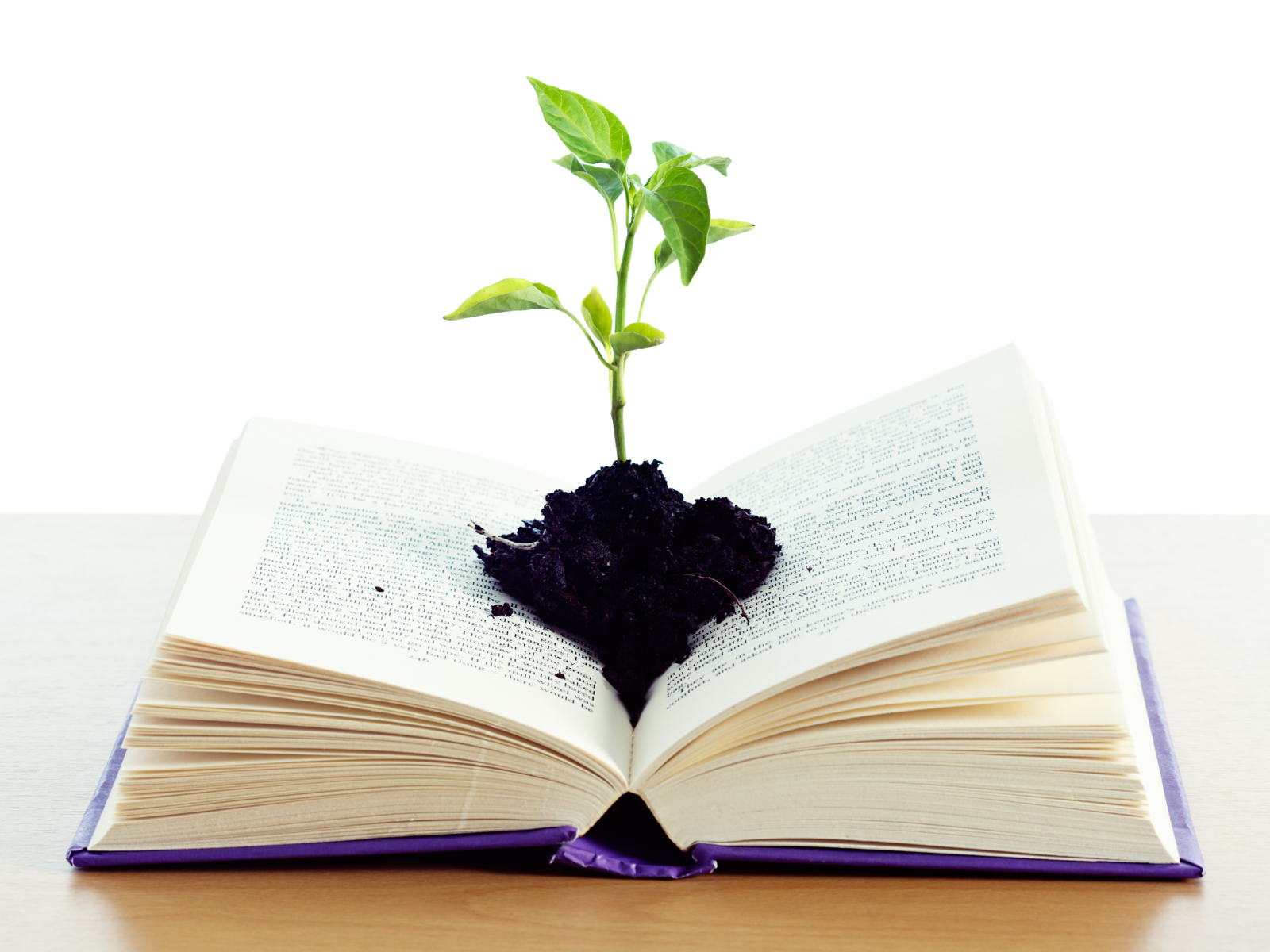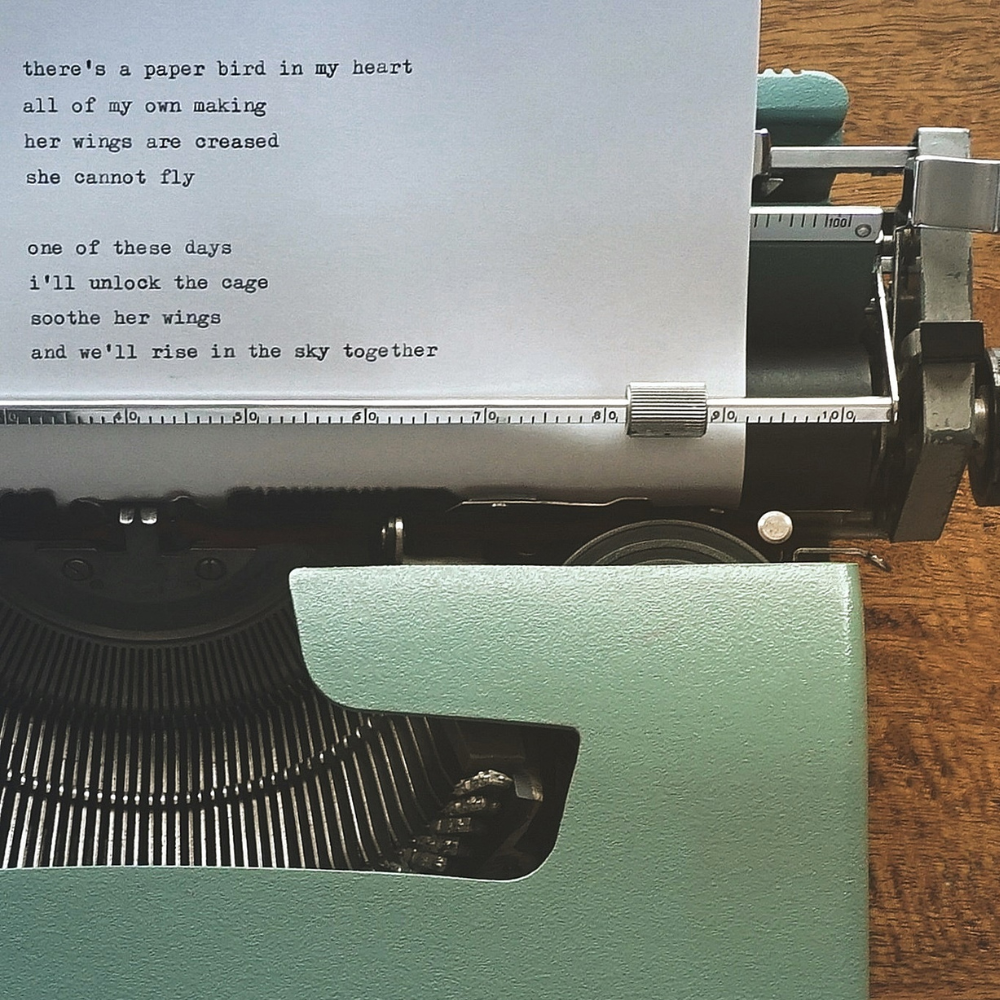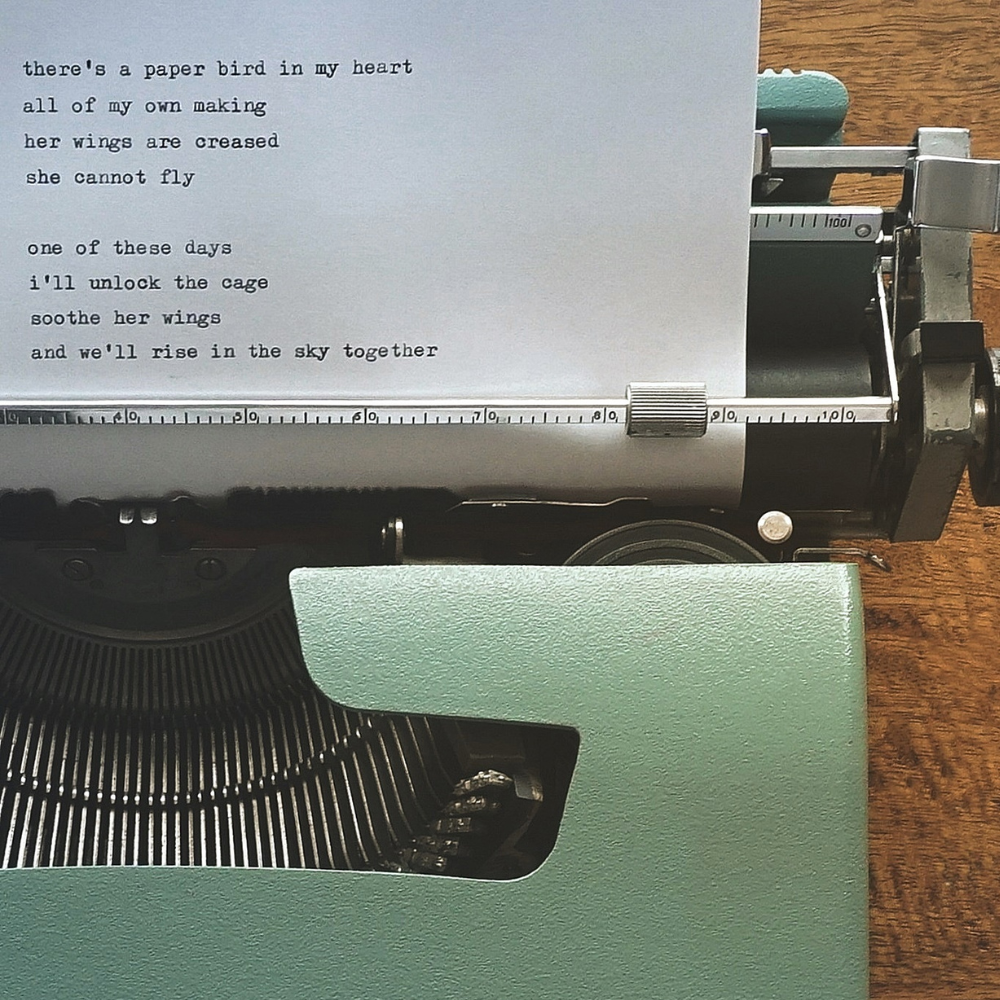Poetry, an ancient art form, has captivated human hearts for centuries.
But does poetry have rules?
This question often sparks debate among writers and readers alike.
While some argue that poetry should adhere to strict guidelines, others believe in the freedom of expression.
This article delves into the intricacies of poetry writing, exploring various forms, elements, and the balance between structure and creativity.
Let's embark on a journey through the world of verse and uncover whether poetry is bound by rules or liberated by imagination!
Key Takeaways:
- Poetry has both traditional and modern forms, each with its own set of guidelines.
- Free verse poetry offers flexibility, allowing poets to break conventional rules.
- Understanding poetic elements and literary devices enhances the writing process.

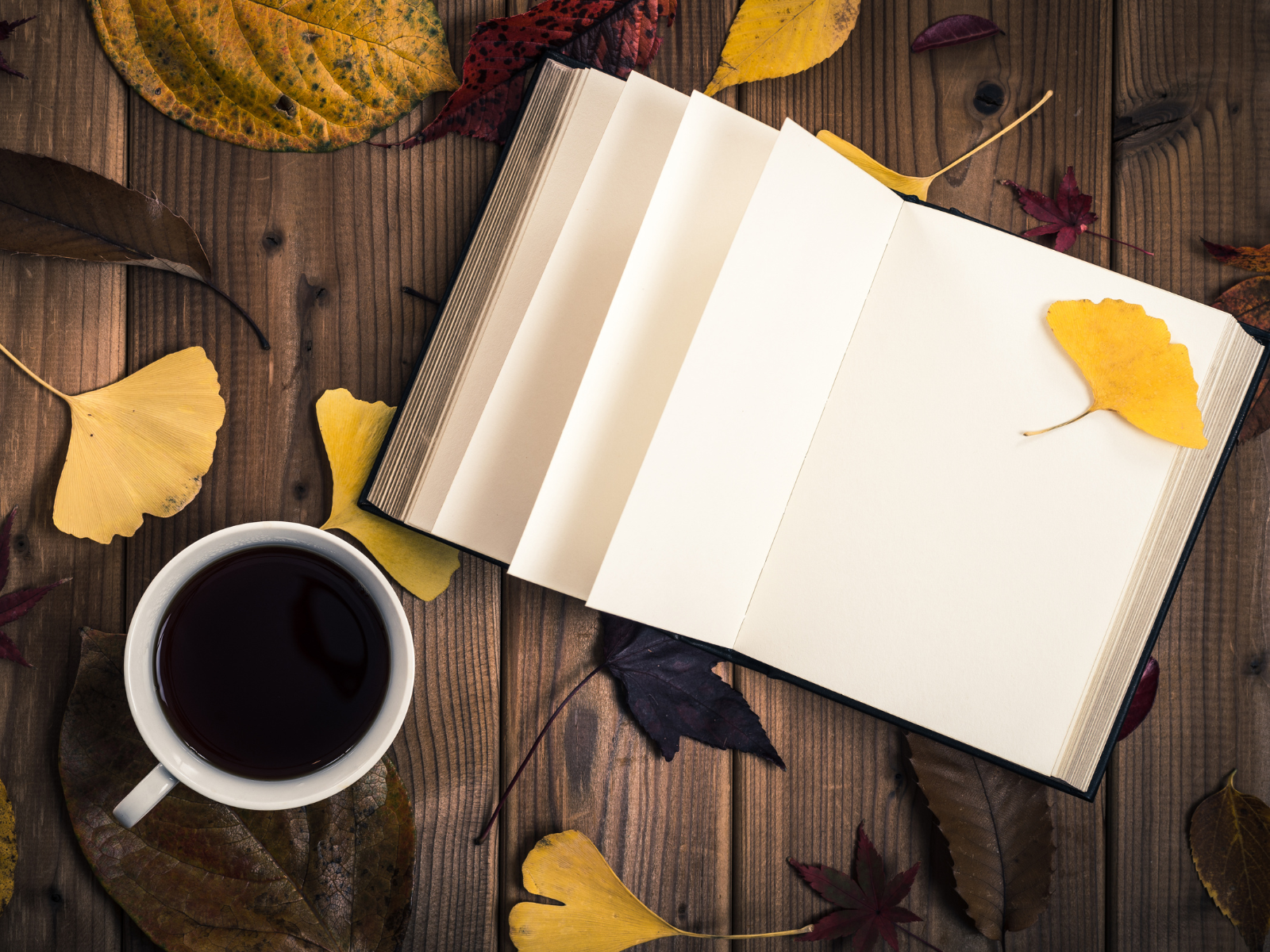

Foundation of Traditional Poetry
Traditional poetry is rooted in specific forms and structures.
These forms, such as sonnets, haikus, and villanelles, follow established patterns of rhyme and meter.
For instance, a Shakespearean sonnet consists of 14 lines with a specific rhyme scheme (ABABCDCDEFEFGG) and iambic pentameter, which involves alternating stressed and unstressed syllables.
Adhering to these rules can be challenging but rewarding.
The constraints force poets to choose their words carefully, enhancing the poem's impact.
Many contemporary poets still embrace traditional forms, finding beauty in their discipline.
However, the rigidity of these forms can also stifle creativity, leading some poets to seek alternative approaches.
Emergence of Free Verse Poetry
Free verse poetry emerged as a response to the constraints of traditional forms.
This style of poetry eschews regular rhyme schemes and meter, allowing poets to write with greater freedom.
Free verse poems often focus on the natural rhythms of speech and the visual arrangement of words on the page.
Walt Whitman and T.S. Eliot are notable pioneers of free verse poetry.
Their works demonstrate how breaking away from traditional rules can lead to innovative and powerful expressions.
Free verse poetry encourages poets to experiment with line breaks, word choice, and imagery, creating a unique voice that resonates with readers.
Role of Literary Devices
Literary devices are essential tools in poetry writing.
They enhance the meaning and emotional impact of a poem.
Common devices include metaphor, simile, alliteration, and personification.
These elements add depth and layers to the written word, making the poem more engaging.
For example, Margaret Atwood's use of metaphor in her poetry often conveys complex emotions and ideas.
By comparing one thing to another, she creates vivid imagery that resonates with readers.
Understanding and effectively using literary devices can elevate a poem from good to great, making it memorable and impactful.
Importance of Rhyme Scheme
Rhyme scheme plays a crucial role in many traditional forms of poetry.
It refers to the pattern of rhymes at the end of each line.
A consistent rhyme scheme can create a musical quality, making the poem more enjoyable to read and easier to remember.
However, not all poems need to rhyme.
Free verse poetry, for instance, often abandons rhyme schemes in favor of other poetic elements.
The choice to use or not use rhyme depends on the poet's intention and the message they wish to convey. Both approaches have their merits and can produce equally compelling poetry.
Power of Line Breaks
Line breaks are a fundamental aspect of poetry writing.
They influence the poem's rhythm, pacing, and meaning.
A well-placed line break can create emphasis, surprise, or a pause for reflection.
It can also affect how the poem is read aloud, adding to its overall impact.
In free verse poetry, line breaks are particularly significant.
Poets have the freedom to break lines wherever they choose, creating a visual and auditory experience that enhances the poem's message.
Experimenting with line breaks can lead to unexpected and powerful results, making the poem more dynamic and engaging.
Role of Emotion in Poetry
Emotion is at the heart of poetry.
Good poems evoke feelings and create a connection between the poet and the reader.
Whether it's joy, sorrow, anger, or love, capturing genuine emotions in your writing can make your poetry more powerful and relatable.
To convey emotion effectively, focus on specific words and imagery that resonate with your experiences.
Avoid clichés and strive for authenticity.
The right words can transform a simple moment into a profound expression of human experience, making your poem memorable and impactful.
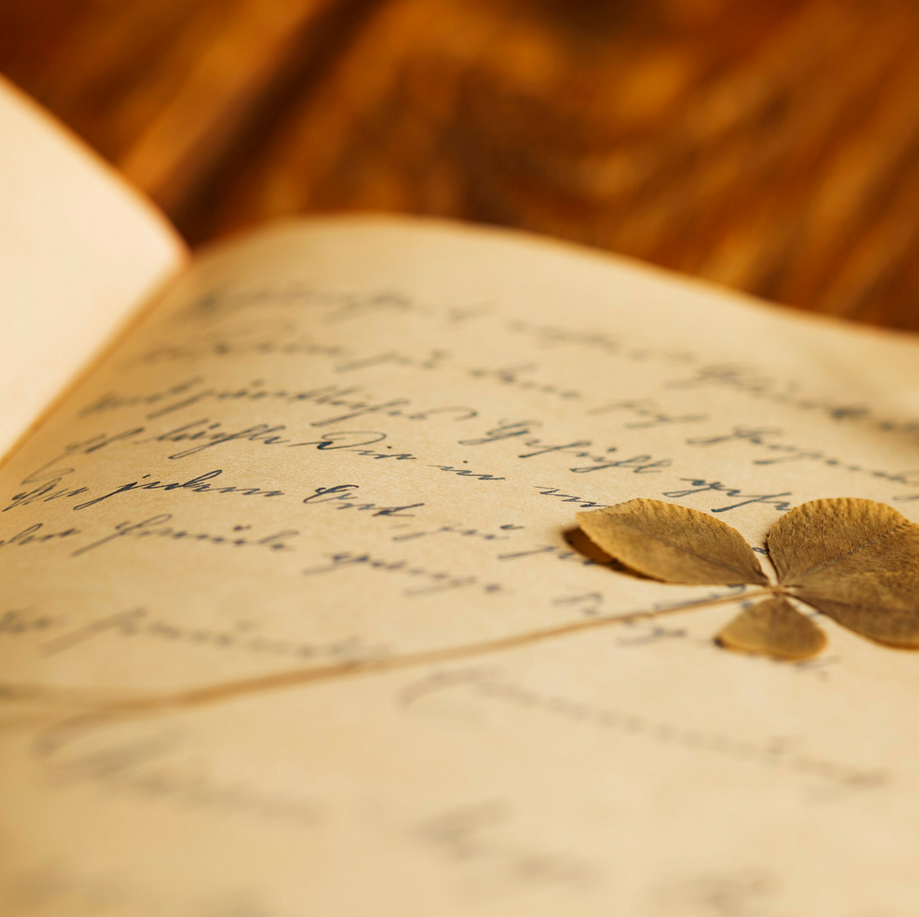
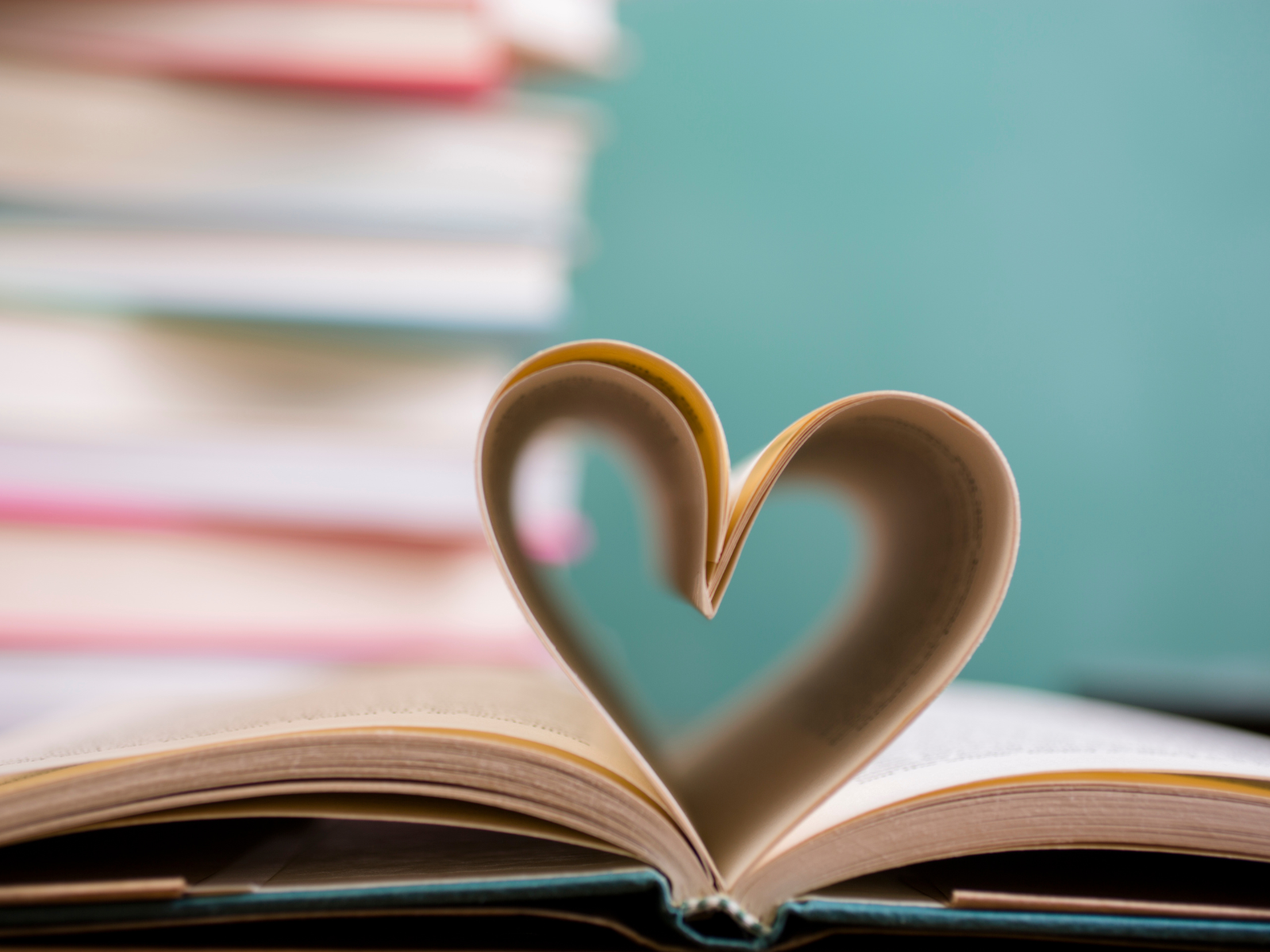

Influence of Modern Poetry
Modern poetry has expanded the boundaries of the art form.
Contemporary poets often experiment with different forms, styles, and themes, challenging traditional notions of what poetry can be.
This diversity has enriched the literary landscape, offering readers a wide range of voices and perspectives.
For example, poets like Rupi Kaur and Ocean Vuong have gained popularity for their innovative approaches to poetry.
Their works often blend personal experiences with broader social and cultural themes, creating a unique and compelling voice.
Modern poetry encourages experimentation and self-expression, allowing poets to explore new ways of conveying meaning.
Intersection of Poetry and Prose
Poetry and prose are distinct forms of writing, but they often intersect.
Prose poems, for instance, combine elements of both, using poetic language and imagery within a prose structure.
This hybrid form allows writers to explore the best of both worlds, creating rich and evocative works.
Prose poems can be a great way to experiment with language and form.
They offer the freedom of prose while retaining the intensity and conciseness of poetry.
Writers like Charles Baudelaire and Anne Carson have mastered this form, demonstrating its potential for powerful expression.
Art of Word Choice
Word choice is crucial in poetry writing. Each word carries weight and contributes to the overall meaning and impact of the poem.
Choosing the right words can enhance the poem's imagery, emotion, and rhythm, making it more engaging and memorable.
To improve your word choice, consider the connotations and nuances of each word.
Experiment with different synonyms and phrases to find the most effective expression.
Reading widely and expanding your vocabulary can also help you find the perfect words for your poetry.
Significance of Imagery
Imagery is a vital element of poetry.
It involves using descriptive language to create vivid pictures in the reader's mind.
Effective imagery can evoke emotions, set the tone, and enhance the overall impact of the poem.
For example, Robert Frost's use of imagery in "Stopping by Woods on a Snowy Evening" creates a serene and contemplative mood.
The description of the snowy woods and the quiet night transports the reader into the scene, making the poem more immersive and memorable.
Developing strong imagery in your poetry can make your writing more powerful and engaging.
Challenge of Finding the Right Words
Finding the right words can be one of the most challenging aspects of writing poetry.
It requires a deep understanding of language and a keen sense of how words can convey meaning and emotion.
This process often involves trial and error, as well as a willingness to revise and refine your work.
One effective strategy is to keep a journal of interesting words and phrases.
This can serve as a valuable resource when you're writing poems.
Additionally, reading widely and studying the works of other poets can provide inspiration and help you develop your own unique voice.
Role of Rhythm in Poetry
Rhythm is a fundamental aspect of poetry.
It refers to the pattern of stressed and unstressed syllables in a line, creating a musical quality that enhances the poem's impact.
Traditional forms often have specific rhythmic patterns, such as iambic pentameter, which consists of five pairs of alternating stressed and unstressed syllables.
However, rhythm is not limited to traditional forms.
Free verse poetry also relies on rhythm, though it may be more irregular and varied.
The key is to find a rhythm that complements the poem's message and enhances its overall effect.
Experimenting with different rhythmic patterns can lead to surprising and powerful results.
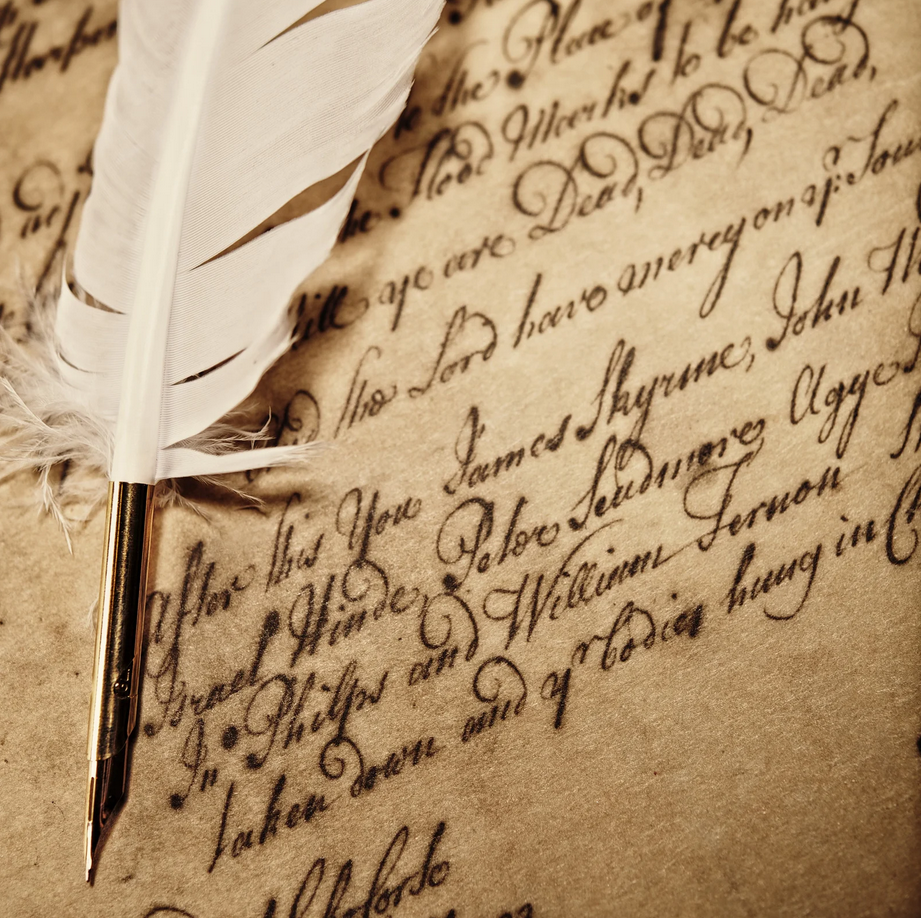

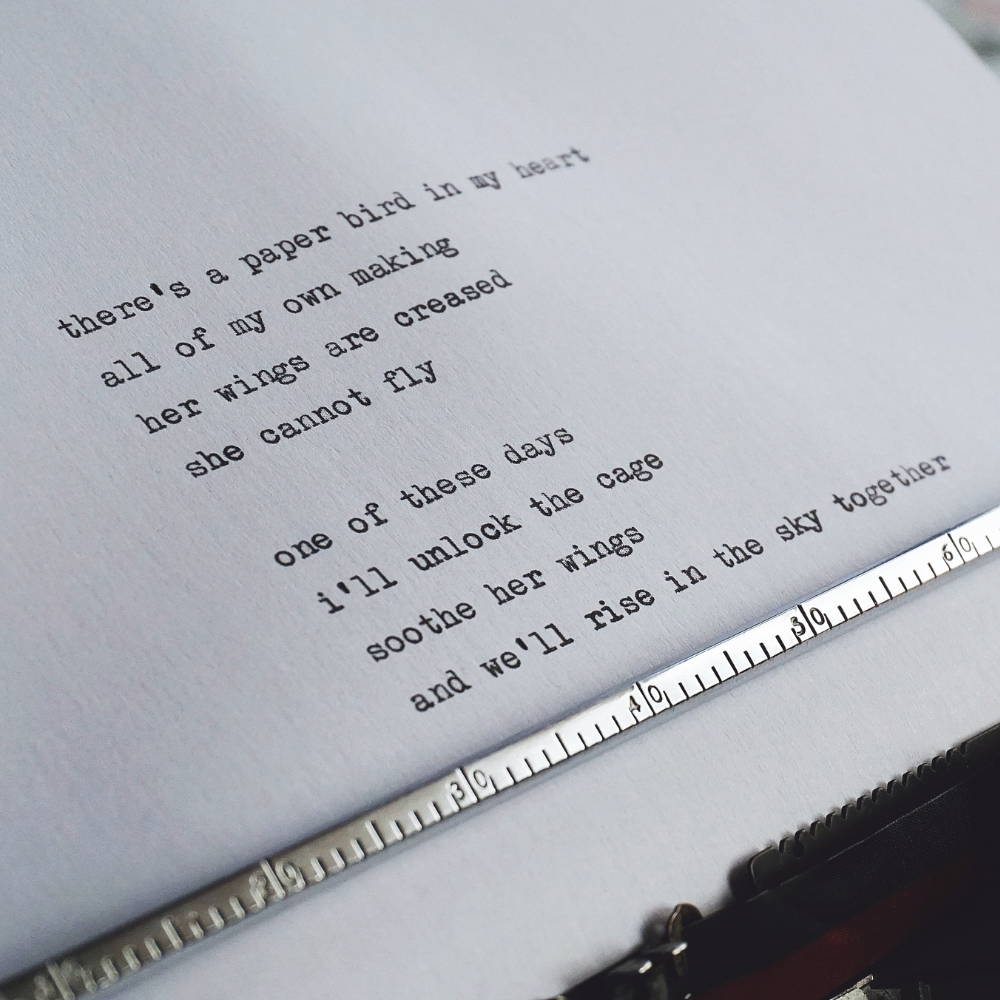
Impact of Poetic Forms
Poetic forms provide a framework for writing poetry.
They offer structure and guidelines that can help poets organize their thoughts and ideas.
Traditional forms, such as sonnets, haikus, and villanelles, have specific rules for rhyme, meter, and line length.
While these forms can be challenging, they also offer opportunities for creativity and innovation.
Many poets enjoy the discipline of working within a form, finding new ways to express their ideas within the constraints.
Understanding different poetic forms can enhance your writing process and inspire you to explore new possibilities.
Narrative Poem
Narrative poems tell a story through verse.
They often include characters, a plot, and a setting, much like a short story.
This form of poetry allows poets to explore complex themes and emotions in a structured yet creative way.
Examples of narrative poems include "The Raven" by Edgar Allan Poe and "The Odyssey" by Homer.
These works demonstrate how poetry can be used to convey epic tales and profound messages.
Writing a narrative poem requires a balance of storytelling and poetic elements, making it a challenging but rewarding endeavor.
Lyric Poem
Lyric poems focus on personal emotions and thoughts.
They are often shorter than narrative poems and emphasize the poet's inner experiences.
This form of poetry is ideal for expressing feelings and capturing moments of beauty or introspection.
Famous lyric poets include Emily Dickinson and William Wordsworth.
Their works often explore themes of nature, love, and mortality.
Writing a lyric poem involves finding the right words to convey deep emotions, creating a connection between the poet and the reader.
Influence of Language and Culture
Language and culture play a significant role in poetry.
They shape the way we express ourselves and influence the themes and imagery we use.
Understanding the cultural context of a poem can deepen our appreciation and interpretation of its meaning.
For example, the works of Pablo Neruda are deeply rooted in his Chilean heritage, reflecting the landscapes, history, and emotions of his homeland.
Similarly, the poetry of Langston Hughes captures the experiences and struggles of African Americans in the early 20th century.
Exploring the intersection of language and culture in your poetry can add richness and depth to your writing.
Role of Readers in Poetry
Readers play a crucial role in the life of a poem.
Their interpretations and reactions bring the poem to life, adding new layers of meaning and significance.
A poem is not complete until it is read and experienced by others.
Engaging with readers can provide valuable feedback and insights.
Sharing your work with others, whether through readings, workshops, or publications, can help you grow as a poet and connect with a wider audience.
Remember, poetry is a form of communication, and the reader's experience is an essential part of the process.
Blank Pages: Overcoming Writer's Block
Facing a blank page can be intimidating for any writer.
However, starting to write poetry requires overcoming this initial hurdle.
One effective strategy is to begin with a single word or image and build from there.
This approach can spark creativity and lead to unexpected ideas.
Another technique is to read favorite poems for inspiration.
Analyzing how other poets use language, structure, and imagery can provide valuable insights and motivate you to start writing.
Remember, the first line doesn't have to be perfect; the key is to get words on the page and refine them later.
Writing Process: From Draft to Final Poem
The writing process for poetry involves multiple stages, from drafting to revising.
Initially, focus on getting your ideas down without worrying about perfection.
This stage is about exploring and experimenting with different forms and elements.
Once you have a draft, take time to revise and refine your poem.
Pay attention to word choice, line breaks, and literary devices.
Consider how each element contributes to the overall impact of the poem.
Seeking feedback from other writers or readers can also provide valuable perspectives and help you improve your work.

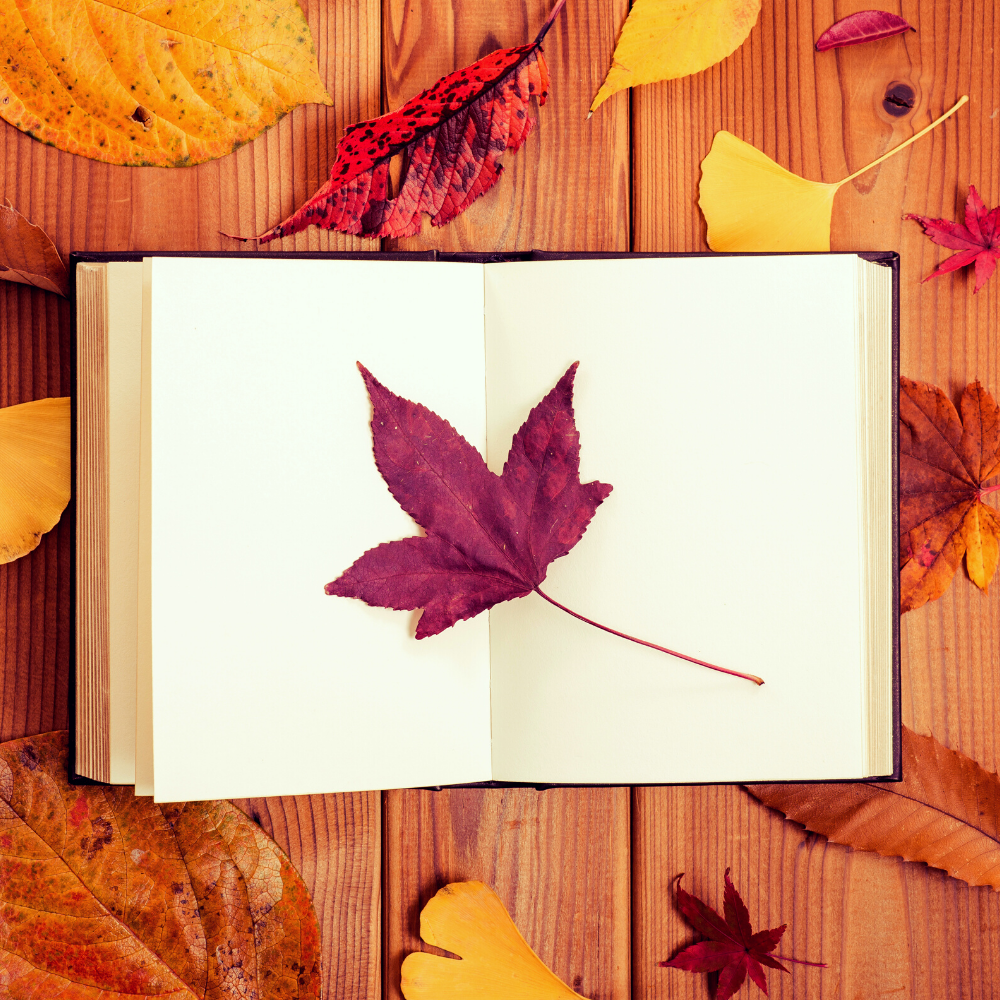
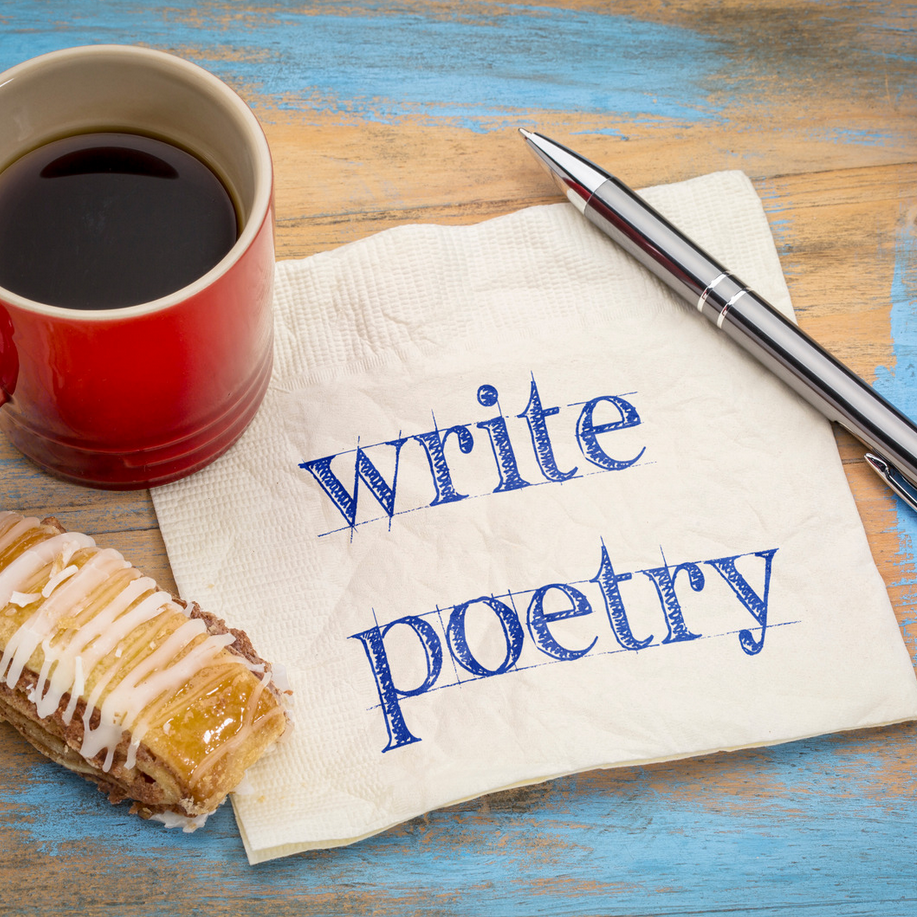
Journey of Self-Expression
Poetry is a powerful tool for self-expression.
It allows us to explore our thoughts, emotions, and experiences in a creative and meaningful way.
Writing poetry can be a cathartic and transformative process, helping us make sense of the world and our place in it.
Whether you're writing for yourself or sharing your work with others, the act of creating poetry can be deeply fulfilling.
It offers a way to connect with your inner self and express your unique voice, so let your poetry be a reflection of who you are.
Embrace the Endless Possibilities of Poetry
Poetry, with its rich history and diverse forms, offers endless possibilities for creative expression.
While traditional forms have specific rules and structures, modern poetry embraces freedom and experimentation.
Understanding poetic elements, literary devices, and the writing process can enhance your poetry writing and help you find your unique voice.
Whether you're writing a narrative poem, a lyric poem, or a free verse poem, the key is to convey genuine emotion and connect with your readers.
Embrace the art of poetry and let your words create a lasting impact.
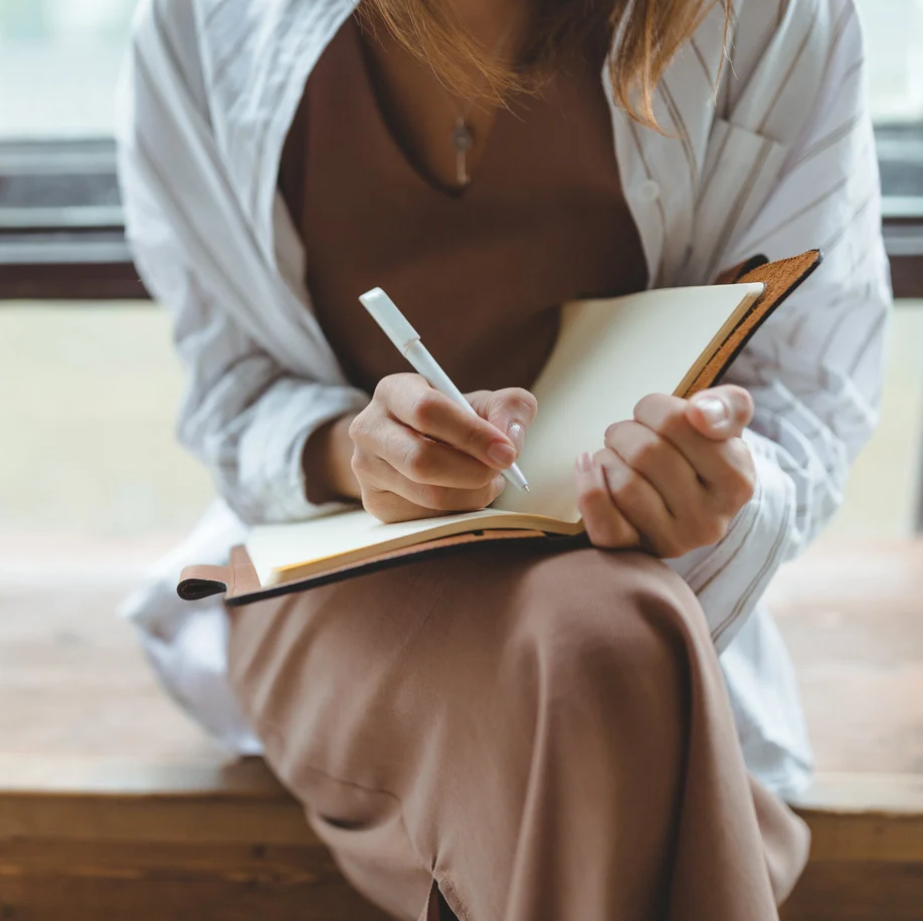


Poetry FAQs
Poetry is a beautiful and diverse form of expression that can sometimes leave us with more questions than answers.
Whether you're a seasoned poet or just starting out, understanding the nuances of poetry can enhance your appreciation and skill.
In this FAQ section, we’ll address some common questions about poetry, from the rules that govern it to tips for improving your craft.
Let's dive into the world of verse and discover the magic that words can create!
Does poetry have to follow specific rules?
No, poetry does not have to follow specific rules. While traditional forms have established guidelines for rhyme, meter, and structure, modern poetry often embraces free verse, allowing poets to write with greater freedom and creativity.
How can I improve my poetry writing skills?
To improve your poetry writing skills, read widely, practice regularly, and experiment with different forms and styles. Pay attention to word choice, imagery, and literary devices. Seeking feedback from other writers and readers can also provide valuable insights and help you refine your work.
What is the difference between a narrative poem and a lyric poem?
A narrative poem tells a story through verse, often including characters, a plot, and a setting. Examples include "The Raven" by Edgar Allan Poe. A lyric poem, on the other hand, focuses on personal emotions and thoughts, emphasizing the poet's inner experiences. Examples include the works of Emily Dickinson.

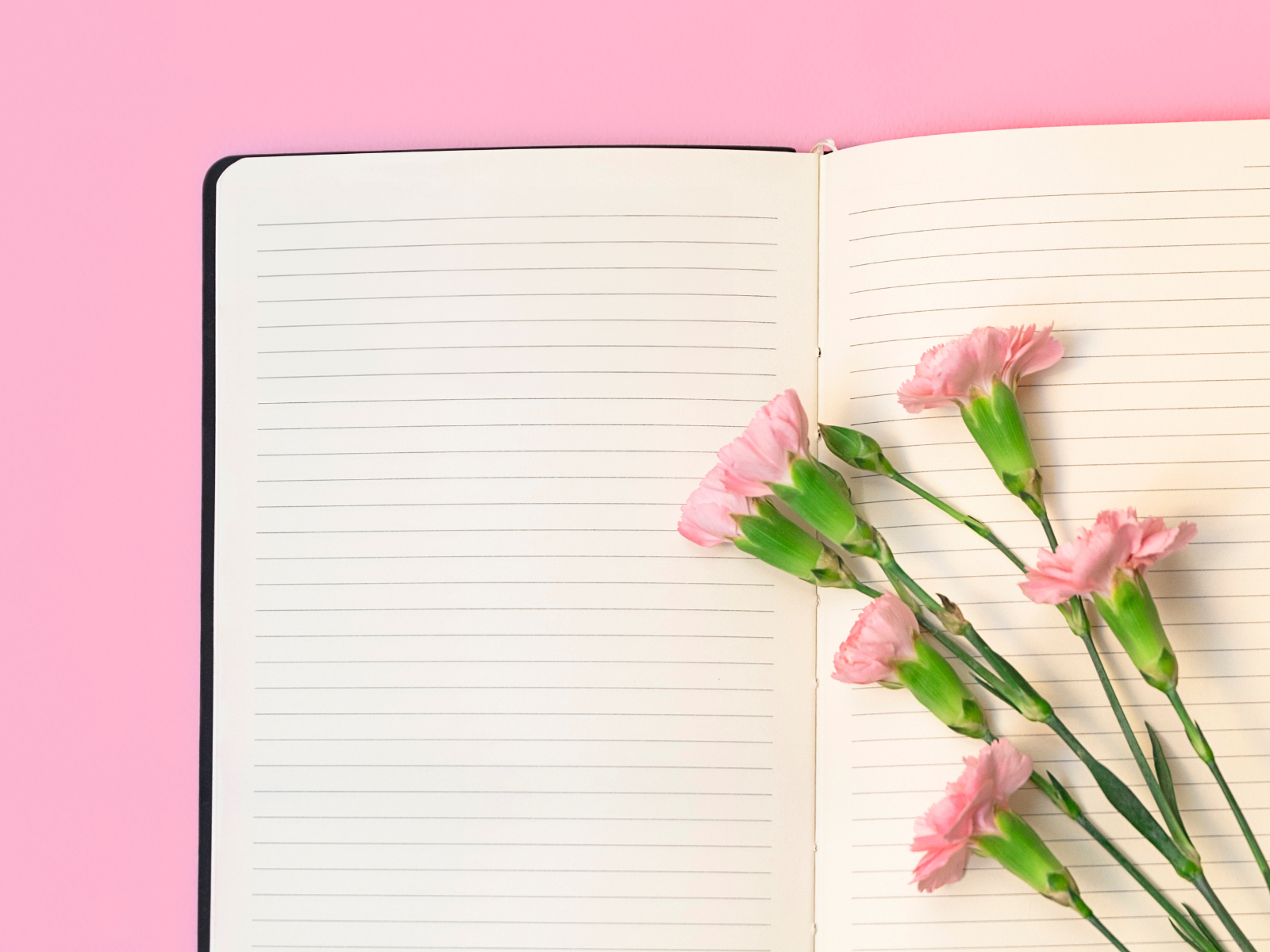
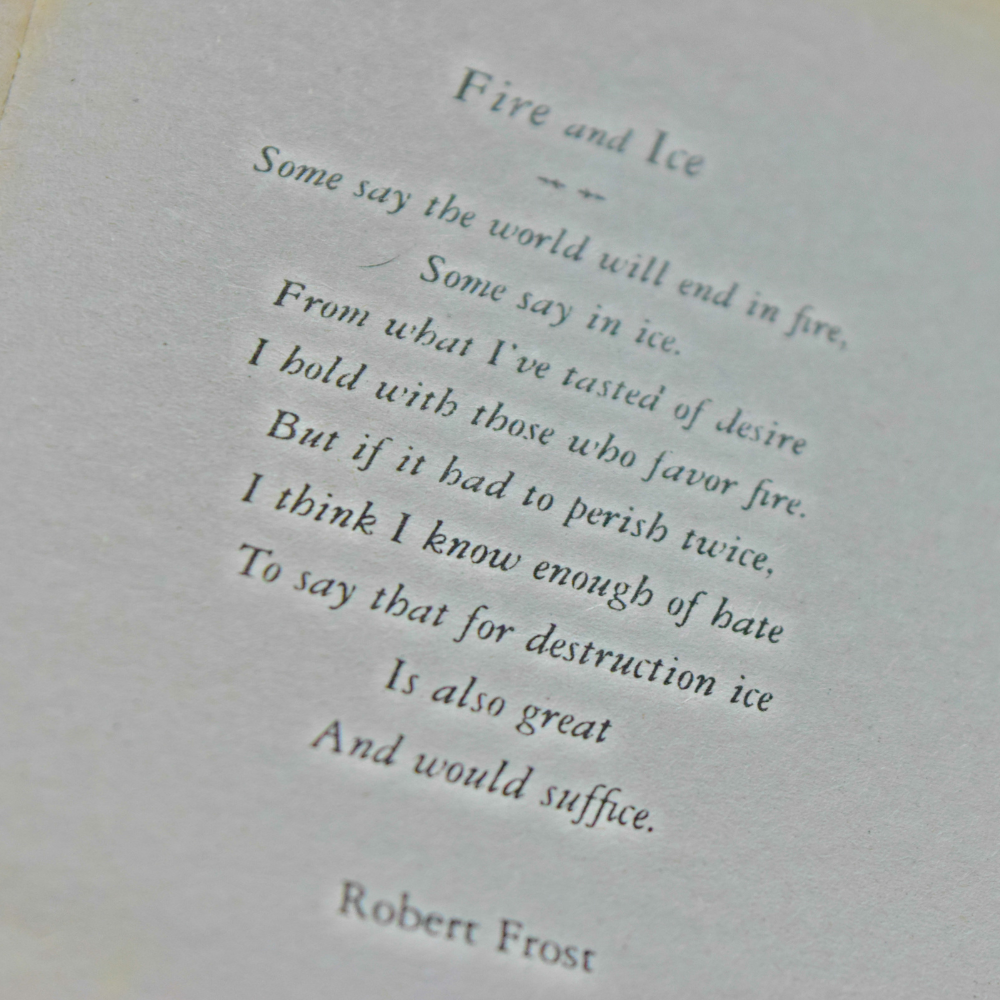
Looking to write some poetry? Check out Reedsy's video!
Want even more content about creativity and art?
Be sure to check out all of our creative chronicles!
Love writing and poetry? Considering creating your own written masterpieces?
Check out some of our other articles and poems:

